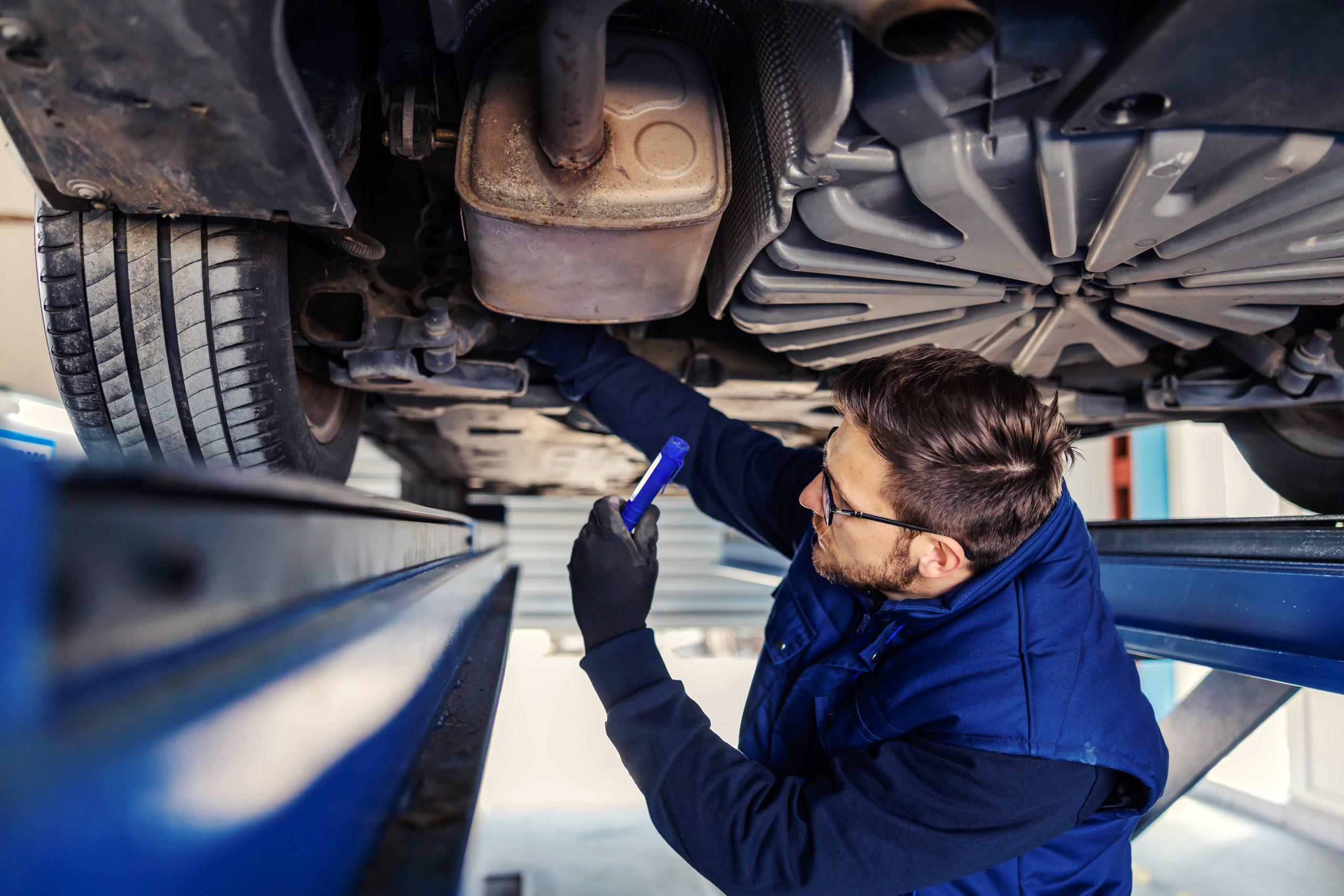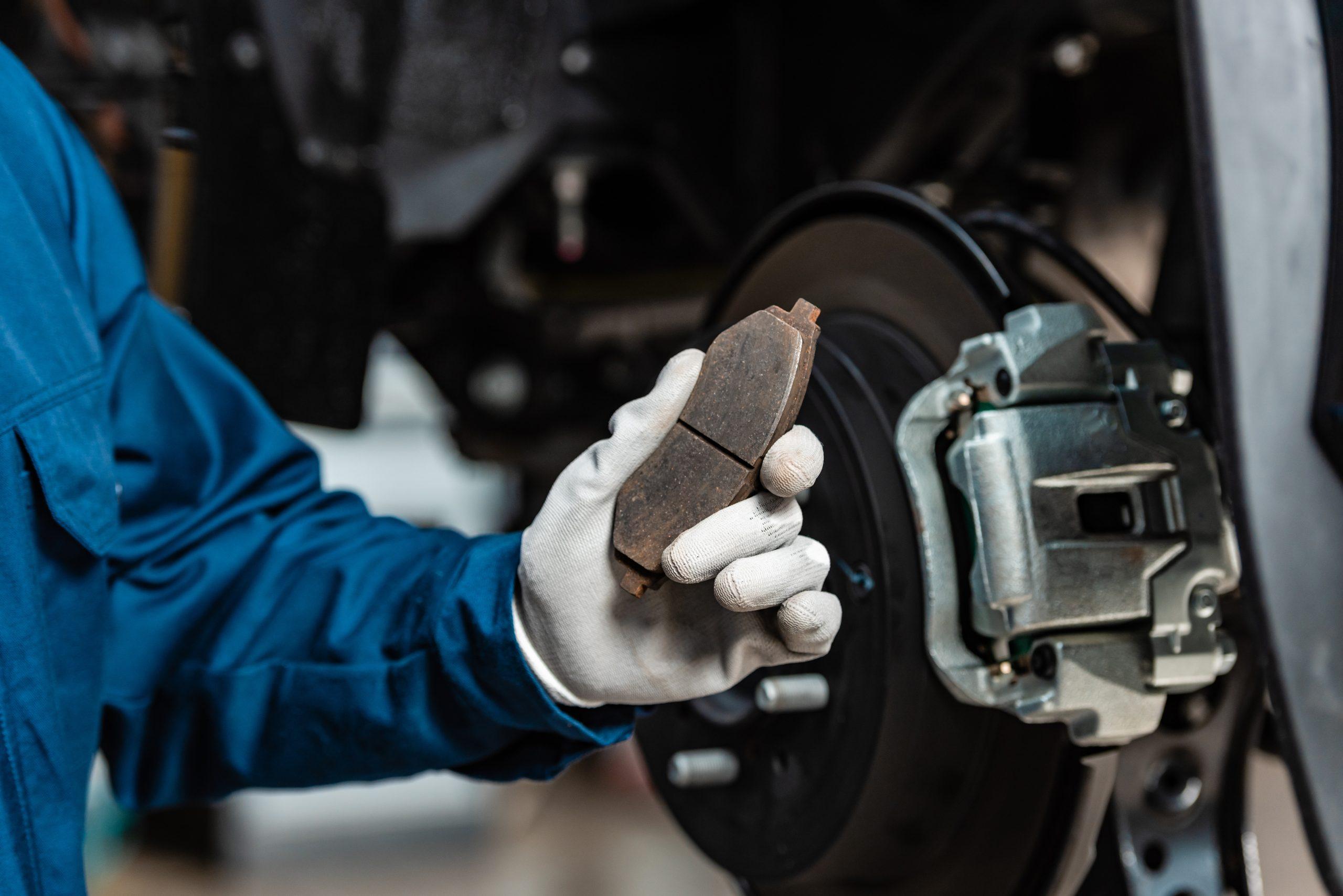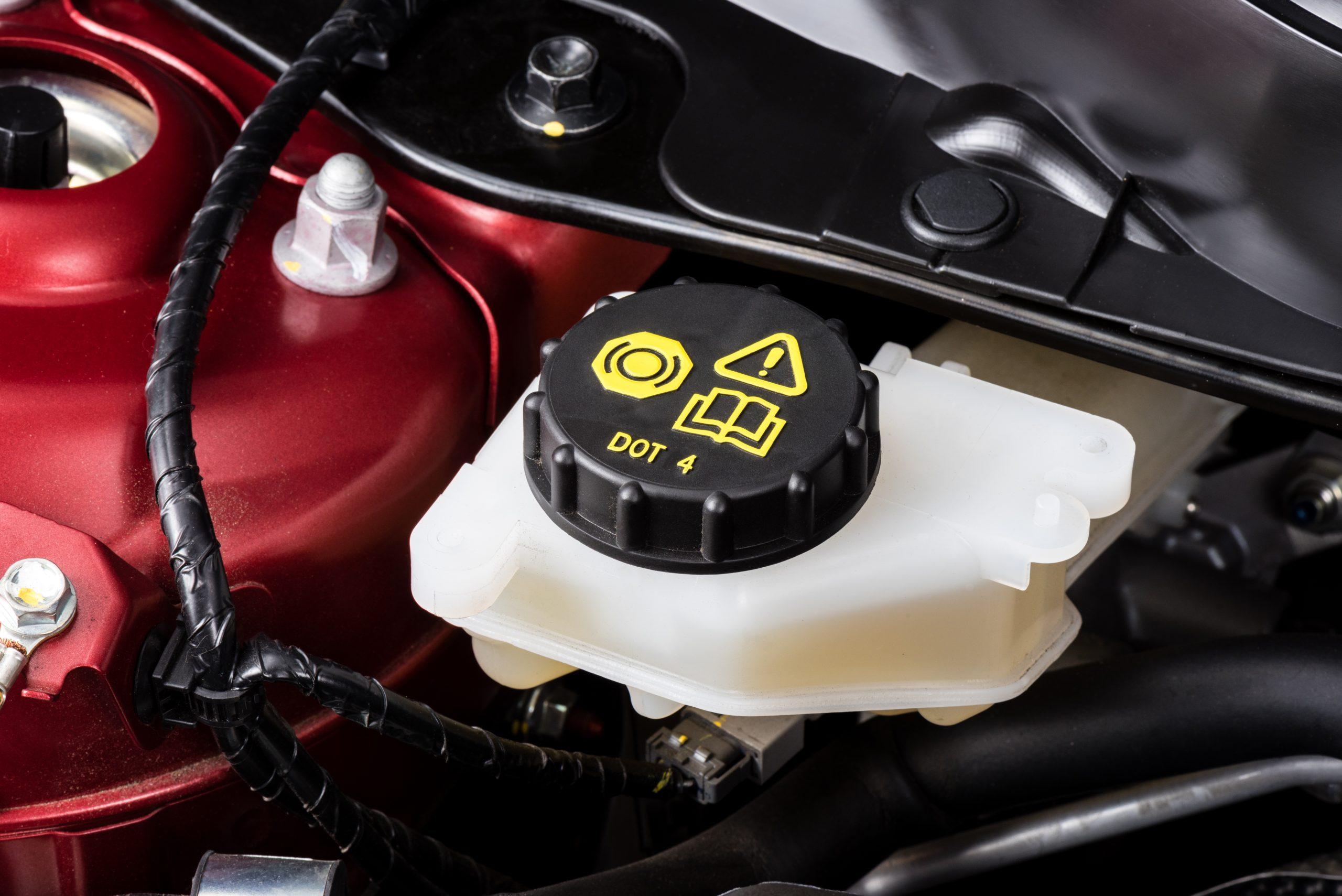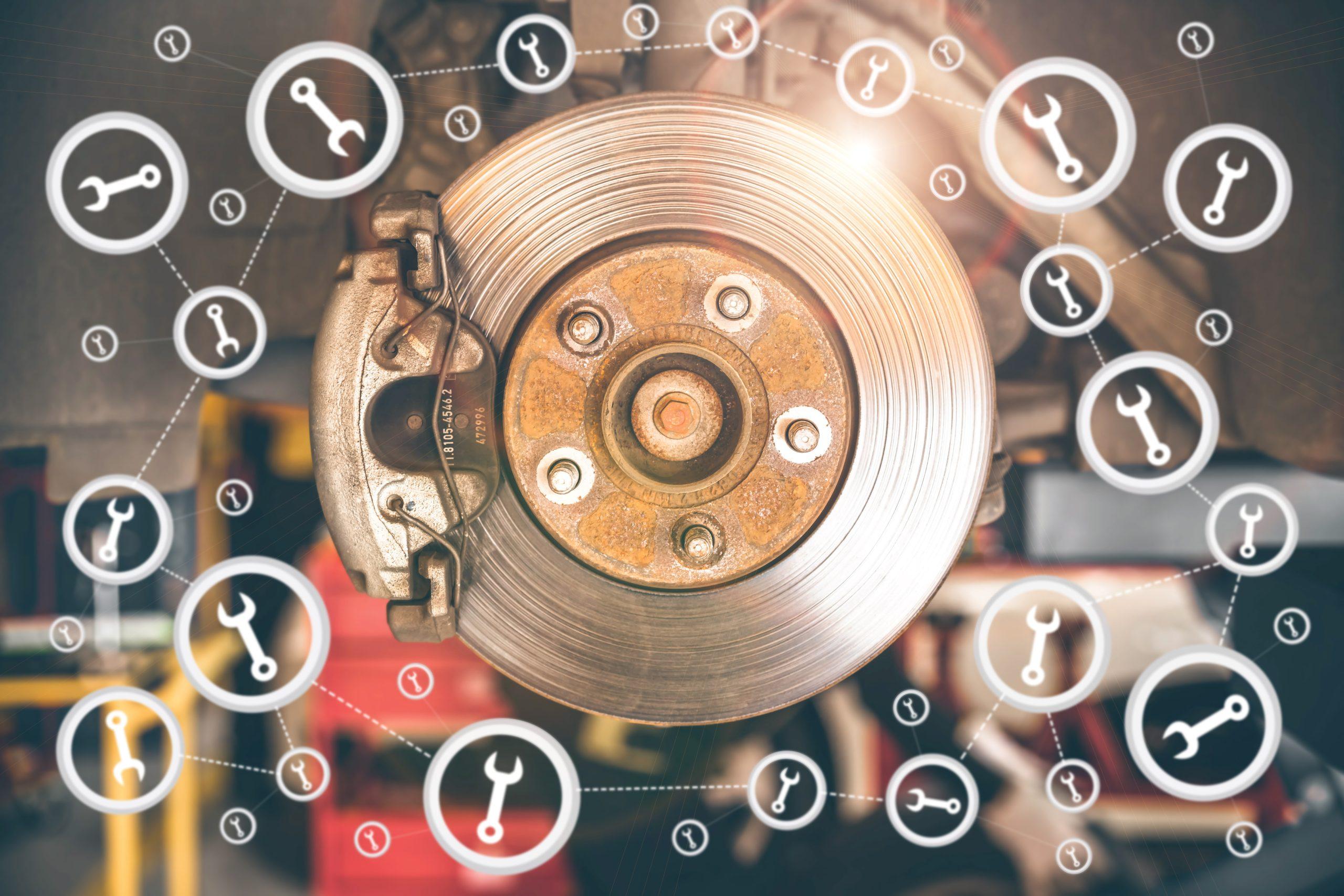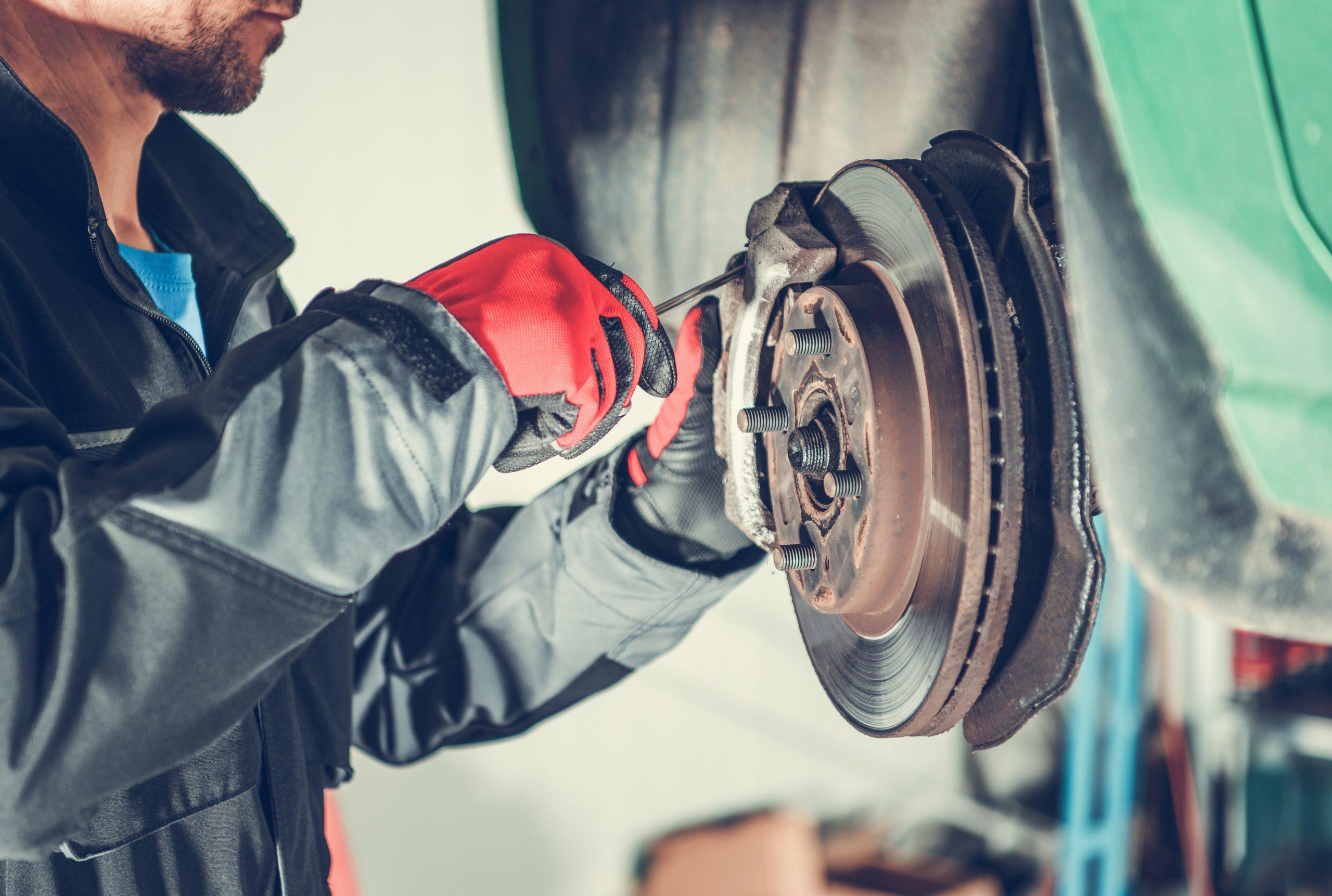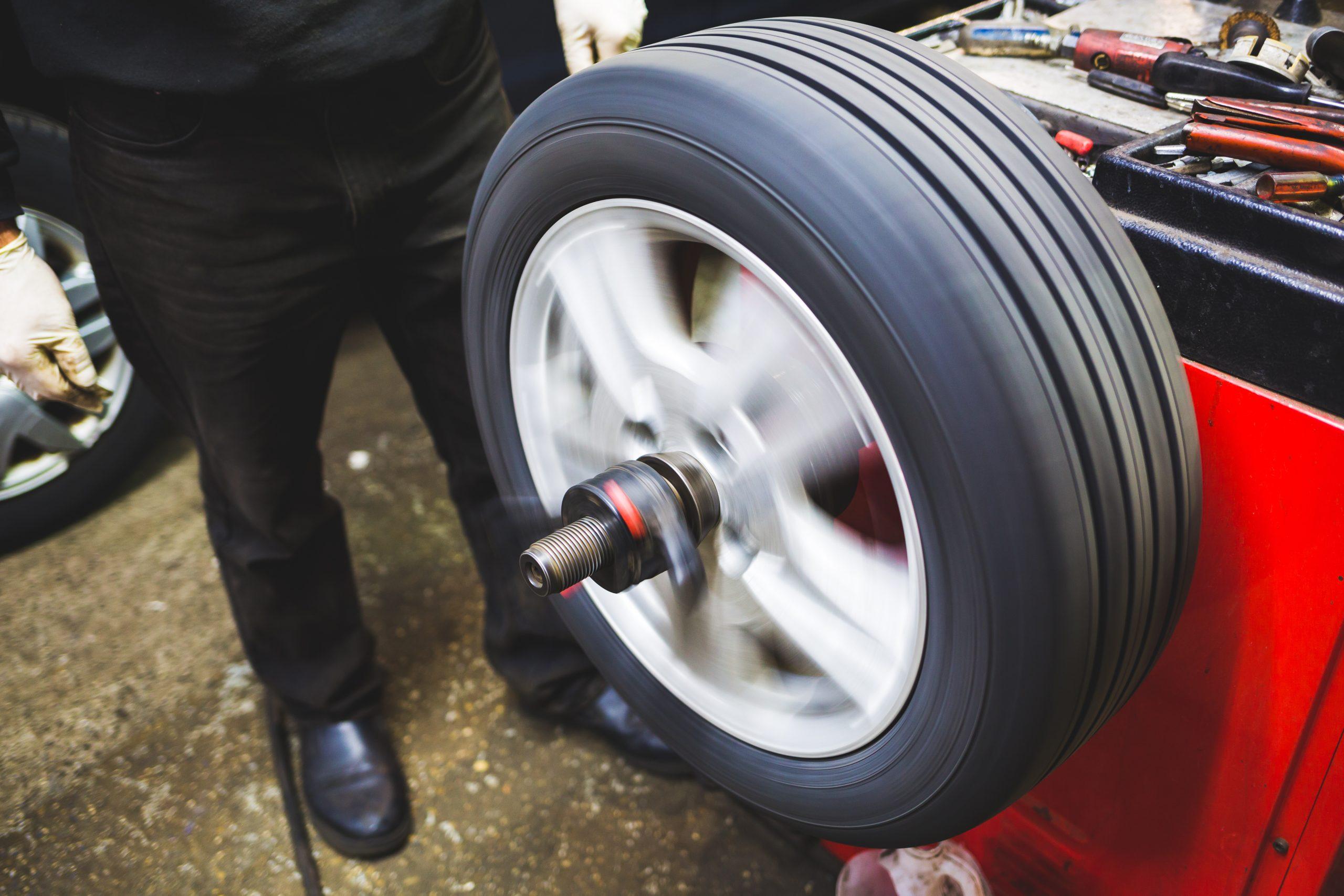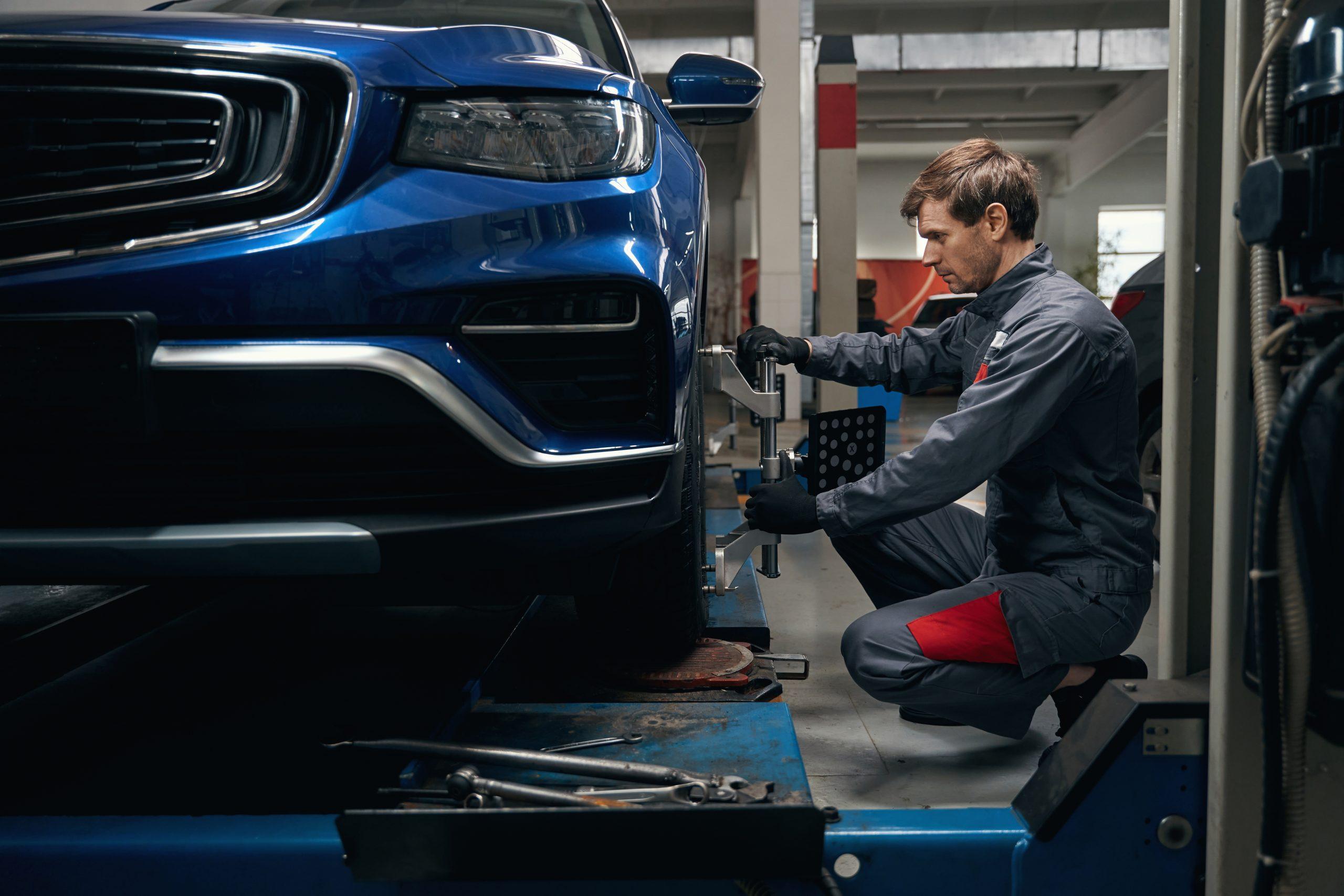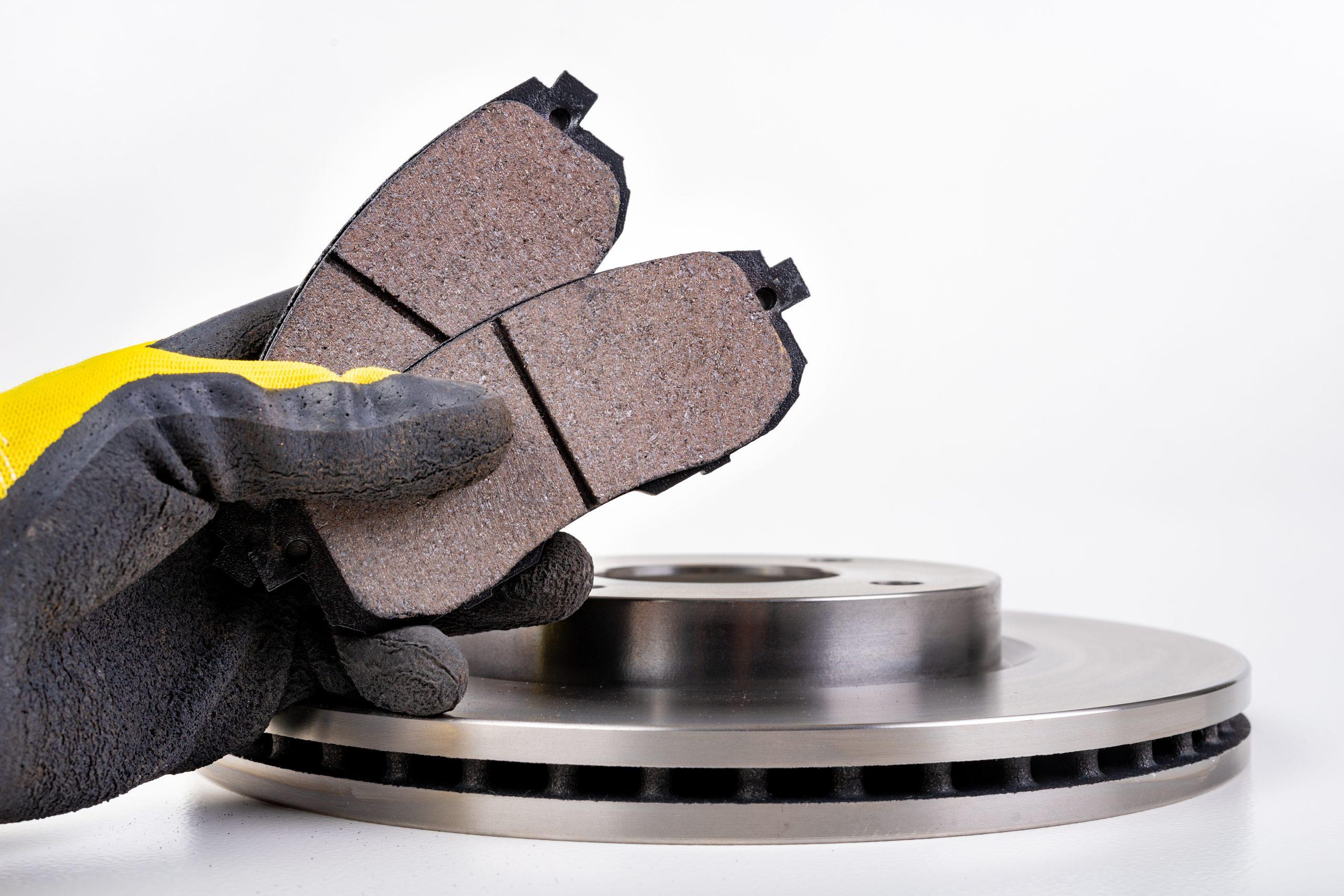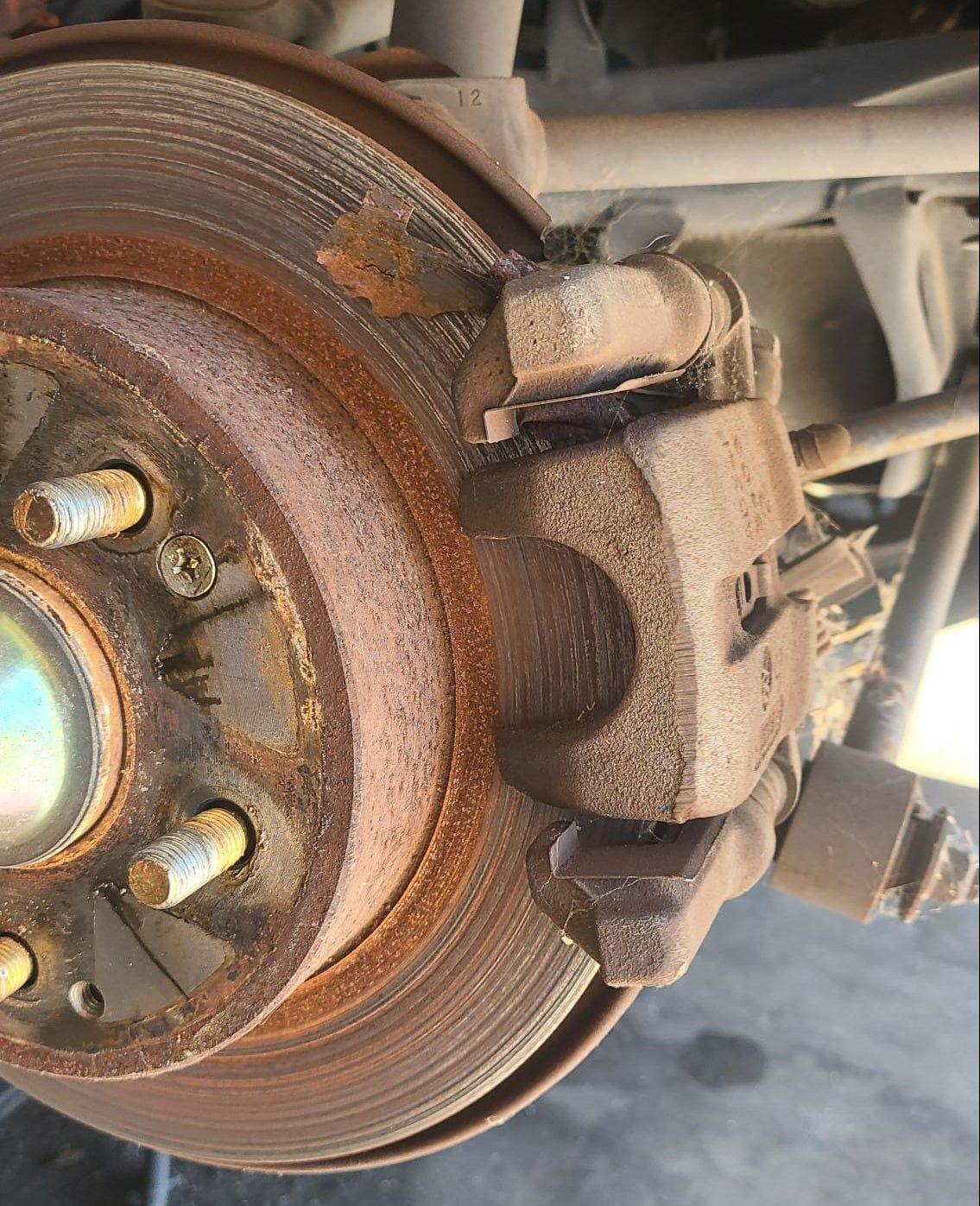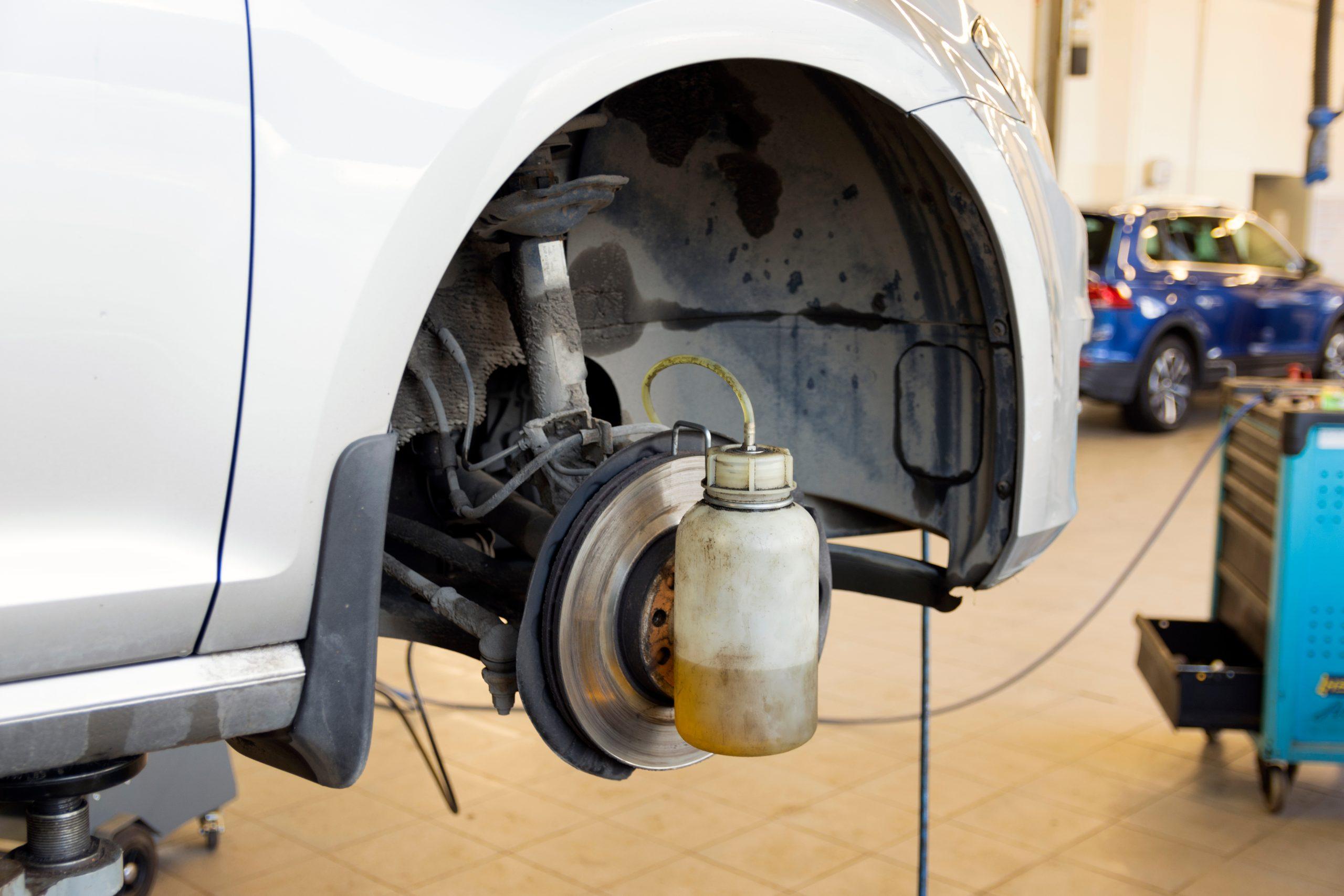The Top 5 Signs Your Brakes Need Immediate Attention
Discover the top five indicators that your brakes need urgent care. Learn how to spot trouble before it compromises your safety on the road.
Continue Reading
Why Do My Brakes Make Squeaky Noises?
-
Harbor Brakes
-
December 29, 2023
-
Brakes
-
brake disc, brake fluid, brake maintenance, brake pads, brake repair, brake rotors, brake service, brakes, pads, rotors
Discover the causes of squeaky brakes and effective solutions. Ensure your vehicle’s safety with our expert insights at Harbor Brakes and Auto Repair.
Continue Reading
Will My Brakes Work Correctly With Dirty Brake Fluid?
-
Harbor Brakes
-
December 28, 2023
-
Brakes
-
brake disc, brake fluid, brake maintenance, brake pads, brake repair, brake rotors, brake service, brakes, pads, rotors
Explore the vital role of brake fluid in vehicle safety and braking efficiency, and learn essential maintenance tips with Harbor Brakes and Auto Repair.
Continue Reading
How to Tell When It’s Time for a Brake Replacement
-
Harbor Brakes
-
December 26, 2023
-
Brakes
-
brake disc, brake fluid, brake maintenance, brake pads, brake repair, brake rotors, brake service, brakes, pads, rotors
Introduction Recognizing when to replace your vehicle’s brakes is a critical aspect of car maintenance that directly impacts safety and performance. This extensive guide delves deep into understanding the signs and importance of timely brake replacement, ensuring you are well-equipped to make informed decisions for your vehicle’s upkeep. The Essential Role of Brakes in Vehicle Safety Brakes are arguably the …
Continue Reading
Breaking Down Brake Care: Expert Tips for Every Driver
-
Harbor Brakes
-
December 26, 2023
-
Brakes
-
brake, brake caliper, brake disc, brake fluid, brake flush, brake maintenance, brake pads, brake repair, brake rotors, brake service, pads, rotors
Welcome to Harbor Brakes and Auto Repair’s blog! Today, we’re focusing on a crucial aspect of your vehicle’s safety: brake care. Whether you’re a seasoned driver or a newbie behind the wheel, understanding how to maintain and service your brakes is vital. In this comprehensive guide, we’ll break down everything you need to know about brake maintenance, from the basics …
Continue Reading
Alignment vs. Balancing: What’s the Difference?
When it comes to maintaining your vehicle’s performance and safety, two key maintenance tasks come to mind: wheel alignment and tire balancing. Both services contribute to a smoother ride, but they serve different purposes. Wheel alignment focuses on correcting the angles of your tires, while tire balancing addresses weight imbalances in the wheels. Understanding the difference between these two services …
Continue Reading
Why Your New Tires Need a Professional Alignment
Getting a professional alignment for your new tires is essential for ensuring a smoother ride, prolonged tire life, and better fuel efficiency. Misaligned tires and wheels can impact your gas mileage, cause uneven tire wear, and affect drivability. Regular alignments should be part of your basic auto maintenance, with 4-wheel alignments recommended for most passenger vehicles and thrust alignments for …
Continue Reading
Ceramic vs. Metallic Brake Pads: Pros and Cons
Your vehicle’s braking system is essential for your safety on the road. When you press the brake pedal, pressurized fluid activates the brake pads, which then create friction to slow down your vehicle. There are three main types of brake pads: ceramic, metallic, and organic. In this article, we will focus on the differences between ceramic and metallic brake pads, …
Continue Reading
Preventive Measures for Brake System Care
-
Harbor Brakes
-
December 11, 2023
-
Brakes
-
brake, brake caliper, brake disc, brake fluid, brake flush, brake maintenance, brake pads, brake repair, brake rotors, brake service, pads, rotors
Proper brake maintenance is crucial for ensuring the longevity and performance of your vehicle, as well as the safety of yourself and others on the road. Regular inspection and maintenance of all brake components is essential. This includes checking and replacing brake pads and rotors, flushing brake fluid, bleeding the brake lines, and upgrading or replacing brake parts when necessary. …
Continue Reading
The Importance and Process of a Brake System Flush
-
Harbor Brakes
-
December 11, 2023
-
Brakes
-
brake, brake caliper, brake disc, brake fluid, brake flush, brake maintenance, brake pads, brake repair, brake rotors, brake service, pads, rotors
A brake system flush is a vital maintenance procedure to ensure effective braking and overall vehicle safety. It involves replacing old brake fluid with fresh fluid to prevent moisture buildup and degradation of braking performance. Regular brake system flushes, performed every 30,000 miles or every two years, are crucial for optimal brake maintenance. While it is possible to do a …
Continue Reading
